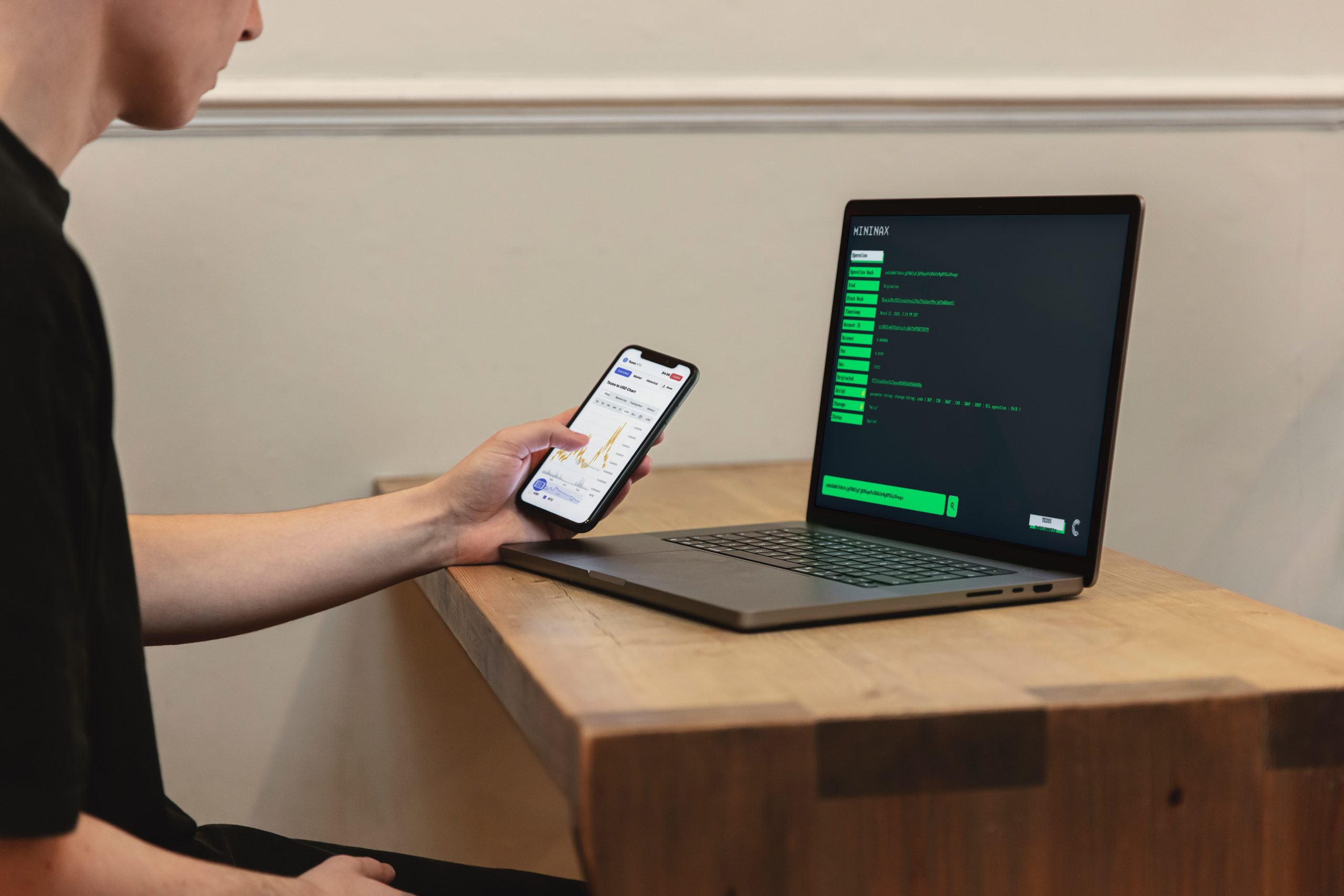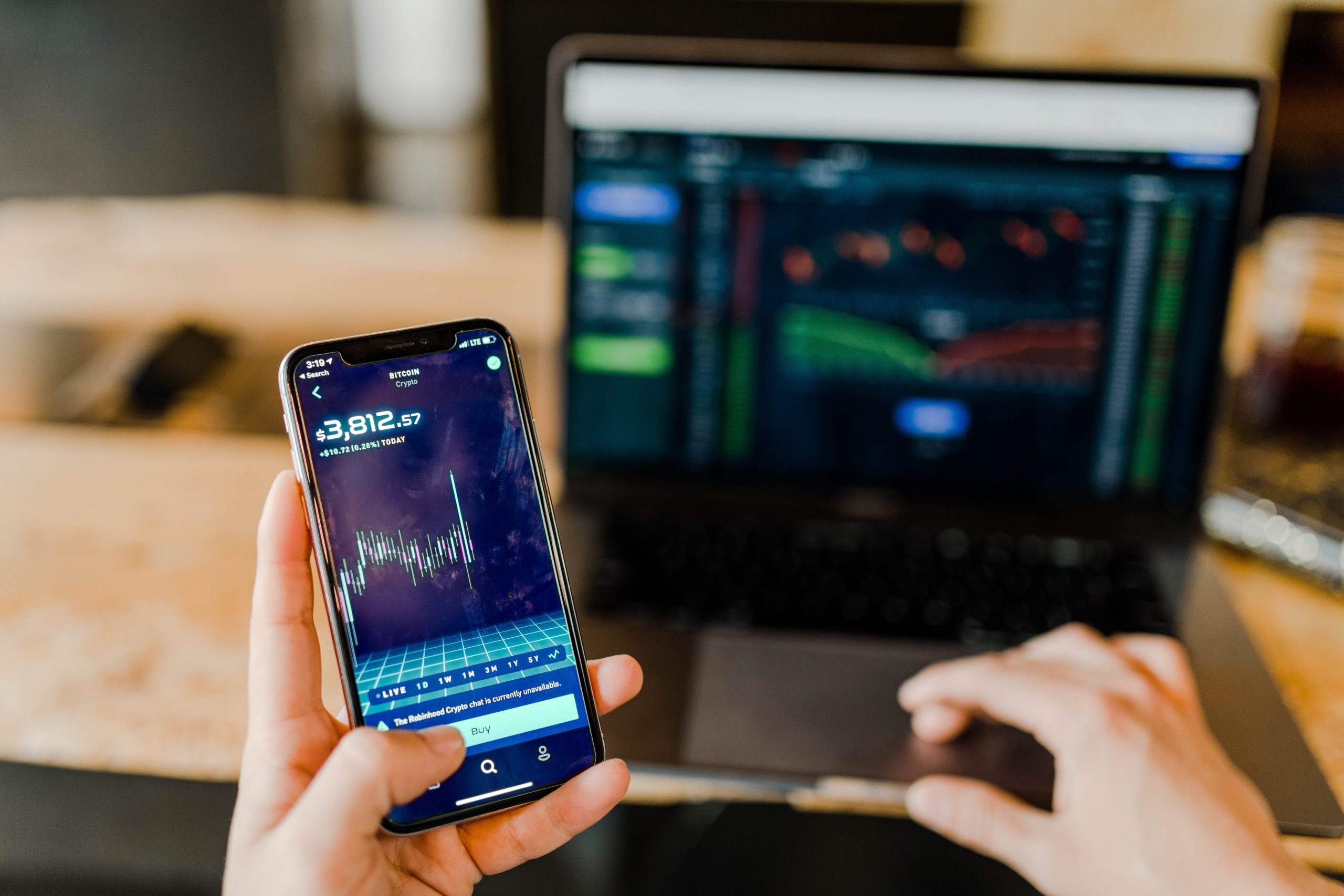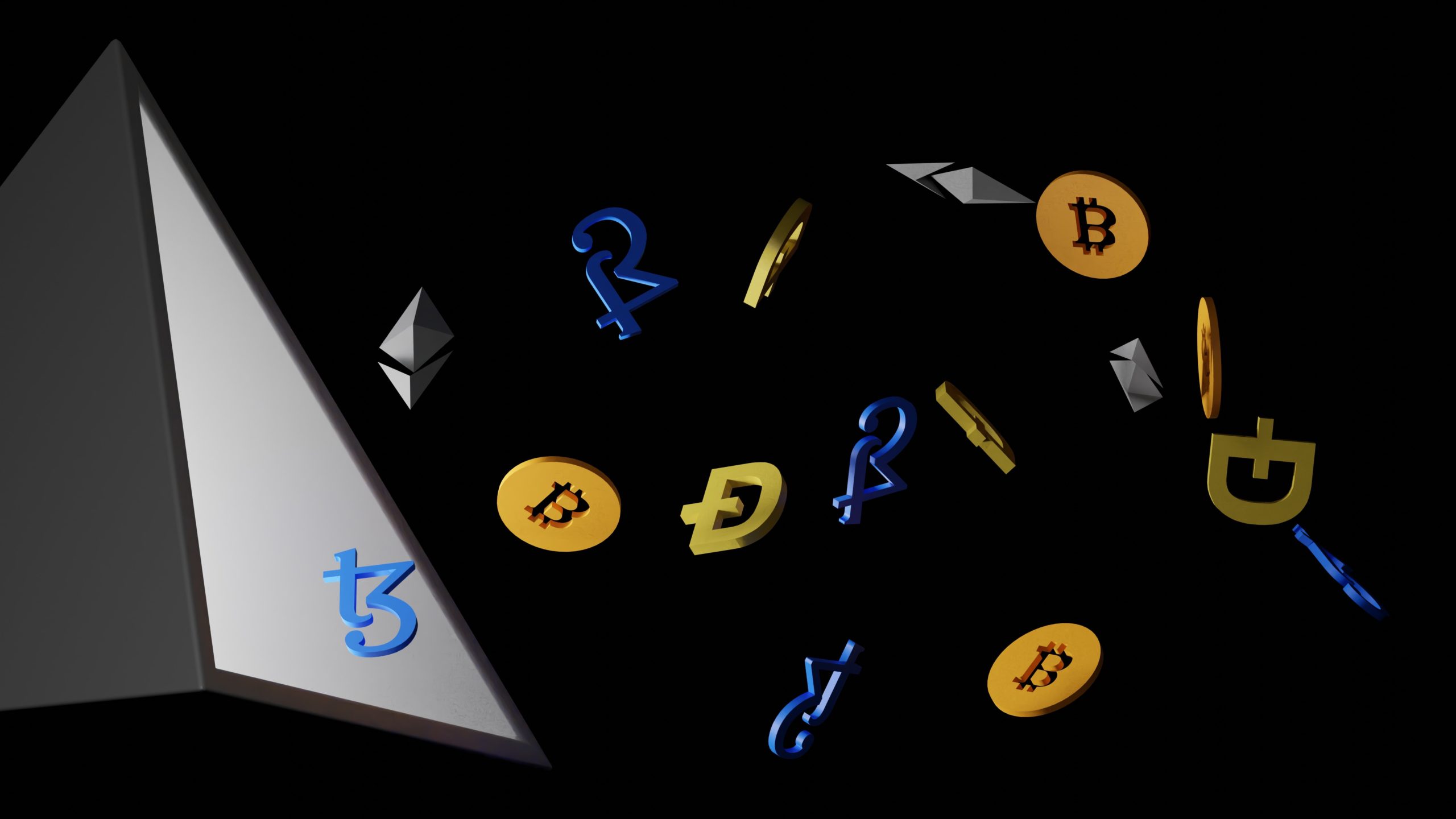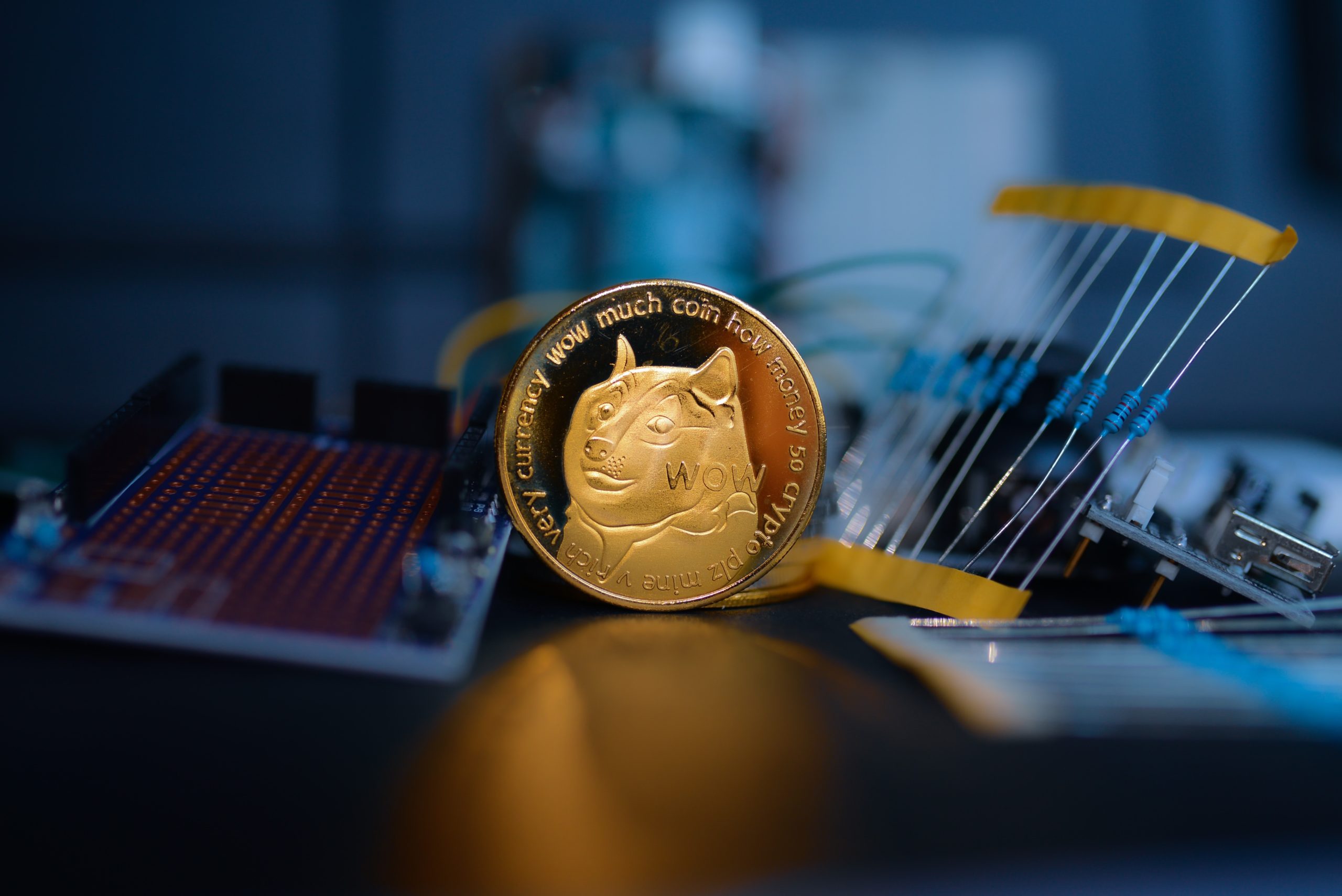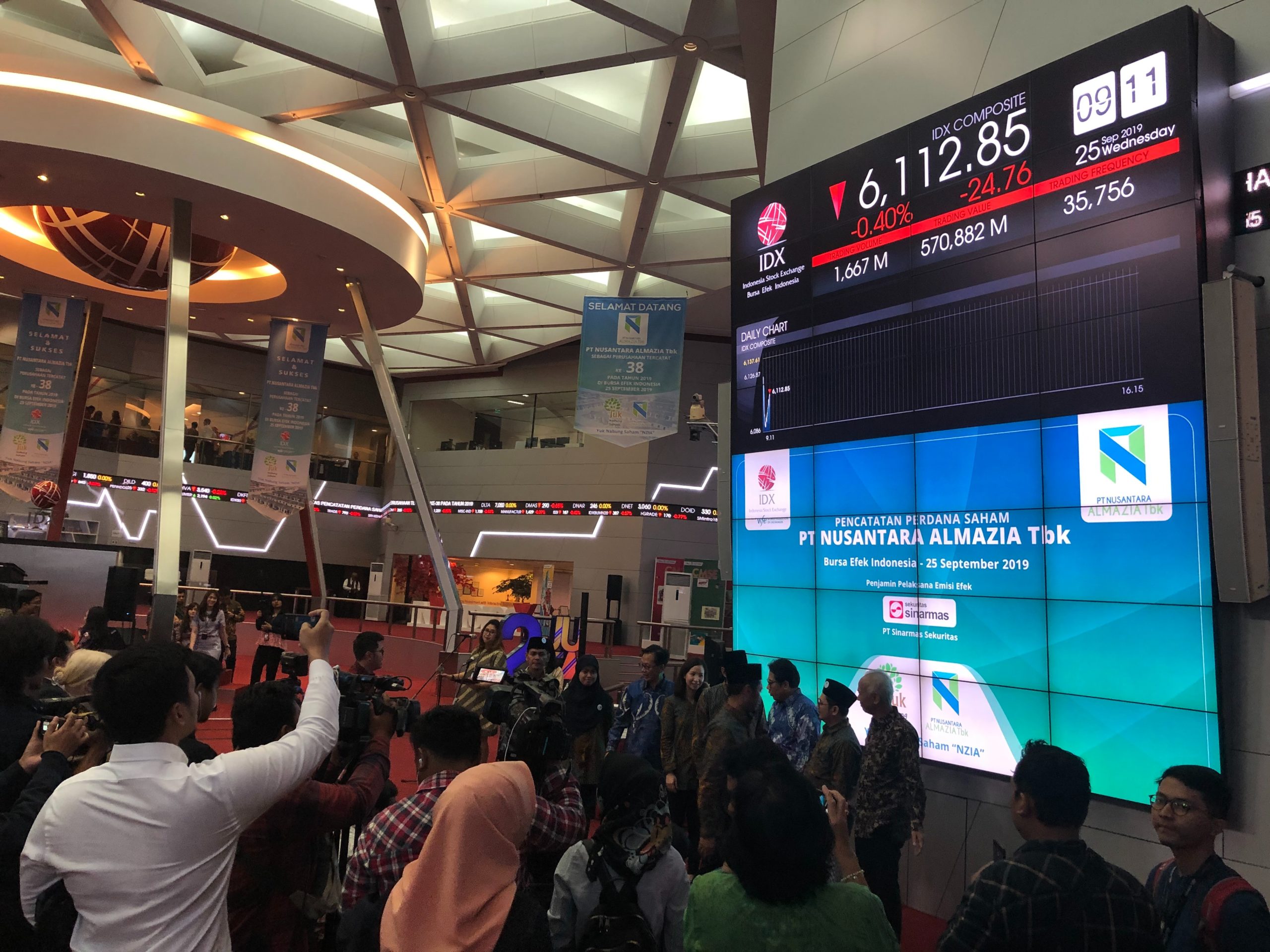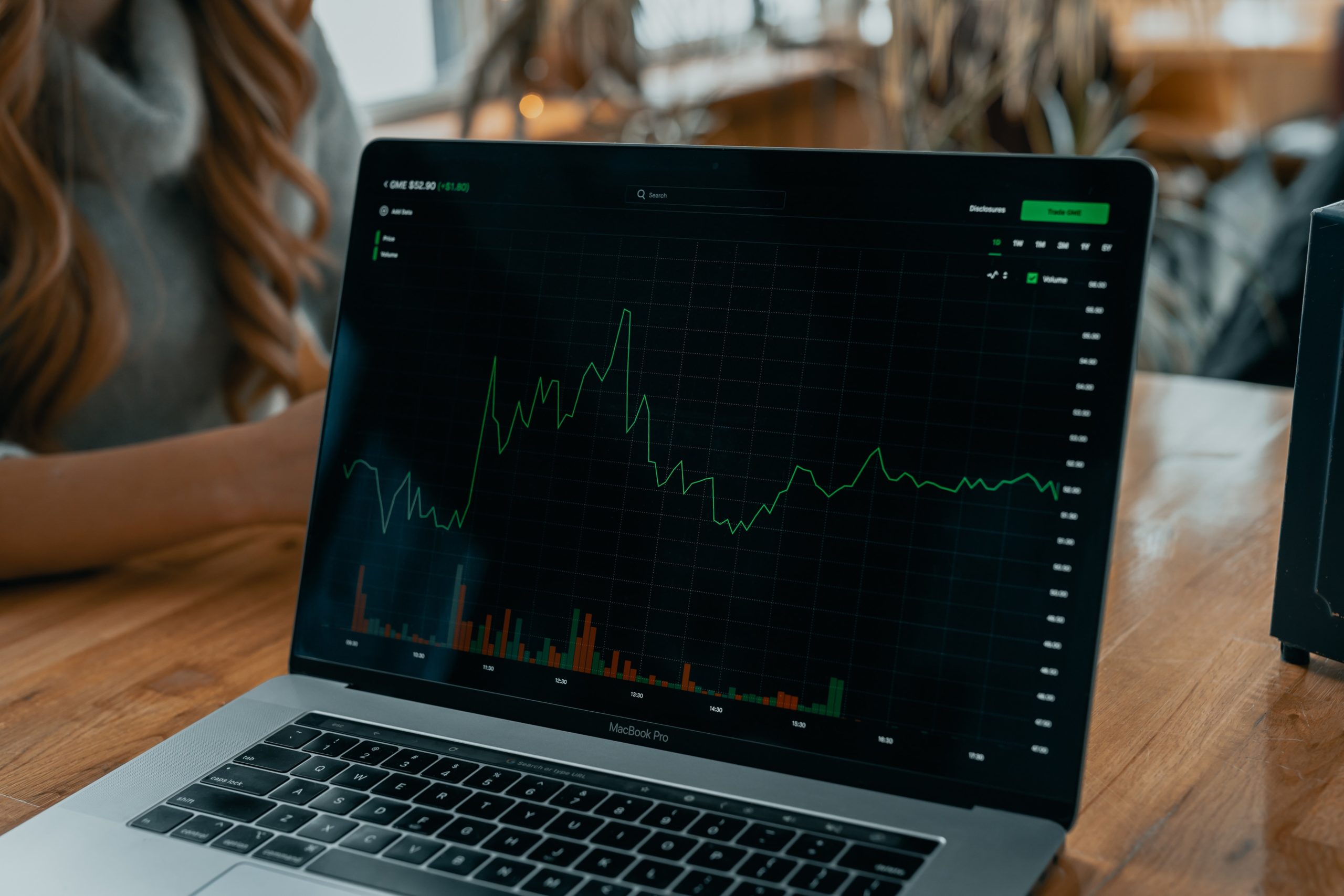This is a blockchain network where developers design and run dApps via smart contracts. They offer a dependable and safe system for users to access blockchain-based services. The transaction here includes the sale and exchange of its crypto coin called KLAY. This native token is the payment method for transactions on the network as well as a staking token for network governance. KLAY is the native digital asset of the network which powers and safeguards it. The price of the cryptocurrency is trading at around $0.236218. The market has a market valuation of over $700,000,000 and a circulation supply of 3.1 billion KLAY. A transaction fee is paid depending on the number of resources used during a transaction. The platform utilizes gas to estimate the resources required to do a transaction. Since every operation in a smart contract uses a different quantity, users have to pay charges based on the volume they consumed during the exchange. The actual cost of the transaction relies on key factors such as network congestion, gas prices, and the intricacy of the executed smart contract. The gas price, which is the amount of KLAY that a user is willing to spend per unit, determines the transaction charge on the platform. When the network is overloaded, users may need to raise the gas price for their transactions to be processed in time. The average gas price for an exchange on the network is approximately 50 nano KLAY per gas.
Before conducting a transaction, users should always verify the current fee structure and gas prices to ensure that they are informed of all charges involved. If you are a beginner in cryptocurrency exchanges or you are simply interested in learning about the transaction costs of Klaytn. This article provides information on the network and the gas fees users pay.
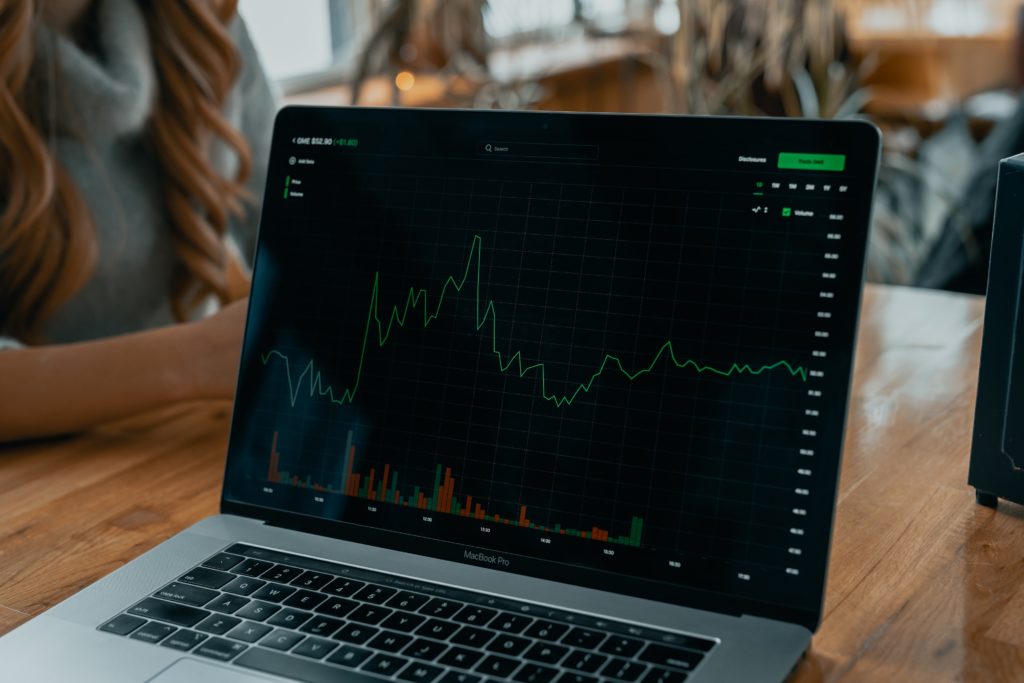
What it is
The metaverse, gamefi, and the creator economy are the primary targets of the blockchain platform known as Klaytn. It is a leading blockchain platform in South Korea, and it is in the process of growing internationally at this time. KLAY is the native digital asset of the network, and it is what keeps the network secure and gives it power. Currently, there are more than 2 billion KLAY coins in use all around the world. They provide consumers with a system that is stable and secure so that they can access blockchain-based services. This transaction involves the buying, selling, and trading of its cryptocurrency, which is known as KLAY. It uses a Proof-of-Stake (PoS) consensus method. This is both faster and more efficient concerning the use of energy than the Proof-of-Work (PoW) consensus techniques used by several other cryptocurrencies.
How it Works
The transaction costs change depending on network circumstances and the gas price selected by the user. The platform has a Proof-of-Stake (PoS) consensus process, that is faster and more energy-efficient than other cryptocurrencies’ Proof-of-Work (PoW) methods. The price, which is the amount of KLAY that a user is willing to spend per unit of gas, determines the transaction charge on the platform. On the blockchain, gas is used to make transactions and smart contract executions. When the network is overloaded, users may need to raise the gas price for their transactions to be processed in time. The average gas price for an exchange on the network is approximately 50 nano KLAY per gas. This is equivalent to a few pennies in USD. Users must note that gas costs might vary greatly based on the circumstances of the network and consumer demand.
It is also important to note that some cryptocurrency exchanges and wallets may charge additional fees for the processing of certain transactions. This is something that you should be aware of. Customers should check the current fee structure and gas prices before making any transactions to avoid unexpected expenses.

